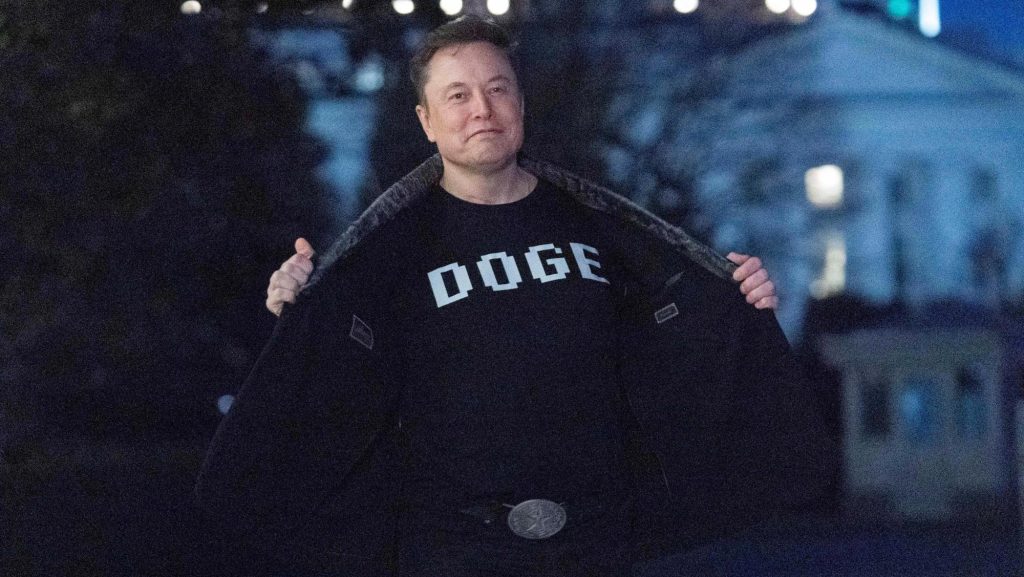
Elon Musk is reportedly planning to spend less time tending to the budget-cutting DOGE project and more time on his businesses, according to Politico, with Musk having told Tesla shareholders his work in Washington is “mostly done.”
Musk’s plans follow his latest downward revision of what he thinks DOGE could save the the federal government. While he once declared $2 trillion in cuts were possible, he subsequently reduced that to $1 trillion. And, most recently, he announced about $150 billion in cuts for the fiscal year.
Now, that’s certainly something, but it’s not only far off from his own targets but also quite little compared to the projected federal budget deficit in the years to come.
Worse, as Dominik Lett at the Cato Institute recently pointed out, “Unfortunately, even that $150 billion claim is optimistic. Itemized, verifiable cuts (those with receipts) sit at just $63 billion. Many of these receipts lack detail, contain errors, or otherwise have excessive savings claims that make the topline figure suspect.”
So for all the noise made by DOGE, the total savings are a drop in the bucket.
None of this, of course, should be a surprise.
A few months ago this editorial board warned that, for as much good as Musk’s DOGE project could do, it wouldn’t really be enough to stop snowballing budget deficits.
We based that fairly straightforward observation that, “The rapid growth in the national debt and the ongoing projected growth of that debt has been years in the making, as the federal government has continued to spend far beyond its means.”
As the Government Accountability Office reported earlier this year, “Despite strong economic growth, the fiscal year 2024 deficit was more than $1.8 trillion, the fifth year in a row the deficit exceeded $1 trillion. During fiscal years 2017–2024, the federal government added $14 trillion to the debt. That is 50 percent of the total $28.2 trillion debt held by the public as of September 30, 2024.”
Curtailing this will no doubt require spending cuts that can only be made by an act of Congress. Nibbling around what can be done administratively won’t suffice given the size and scope of the problem.
Of course, doing so means making hard decisions and potentially angering certain constituencies. The aforementioned Cato Institute, for example, has identified nearly $5 trillion in possible cuts over the next decade if Congress and President Donald Trump are truly bold enough. This includes reforming federal retirement benefits and scaling back the welfare state.
What needs to be done needs to be done. Putting everything onto the massive pile of debt means even more payments going toward interest payments on that debt (which are now already a bigger budget line item than the Pentagon) among a slew of other problems.
As economist Veronique de Rugy wrote in these pages last month, the options for righting America’s fiscal trajectory aren’t down to DOGE.
“Rather than endorsing a false choice, we, the people, should simply demand that Congress be the good steward of our tax dollars it was intended to be,” she wrote. “Regardless of what DOGE does.”
Originally Published:



